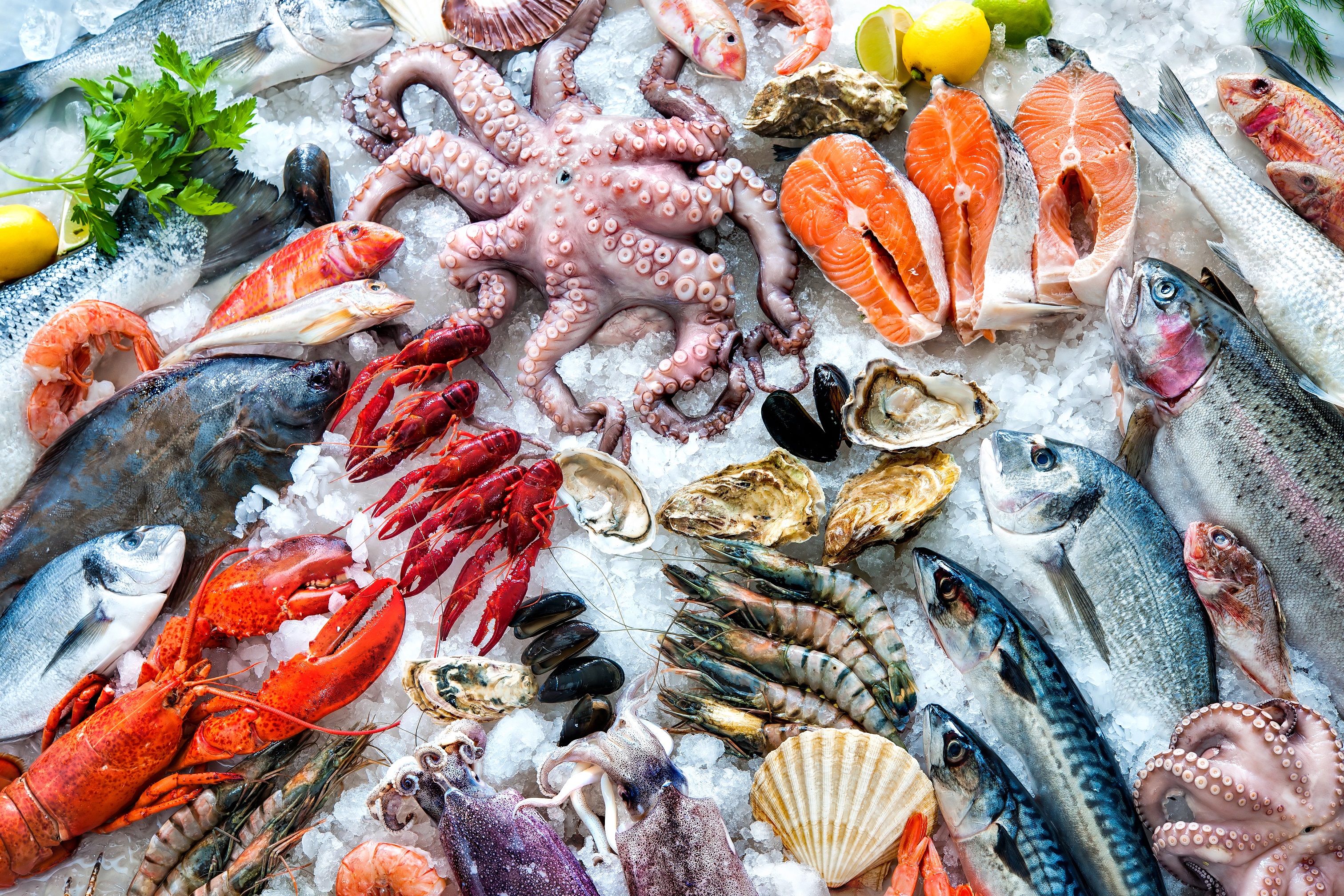Clearwater Seafoods Inc. (TSX:CLR) and High Liner Foods Inc. (TSX:HLF) have both recently reported quarterly earnings. Although the news was not as good as expected for shareholders of High Liner, shareholders of Clearwater made out much worse after being dealt a hand of bad shrimp. Shares declined by 15% on the news of a pullback in earnings, while shares of High Liner were down only 2% for the day.
As these two companies are competing firms, investors have a unique opportunity to bet on the best horse or hedge their bet by buying shares in one company and selling/shorting shares of the other. This is known as a long/short strategy. For investors seeking the better name to buy, we must first carefully consider each company independently.
For the third quarter of the year, sales at Clearwater moved sideways at $611 million as gross margins fell from $161 million (26.3% of revenues for Q3 2016) to $109 million (17.9% of revenues for Q3 2017). EBITDA followed suit, declining from 17.5% of revenues to 14.9%. The company was forced to either incur higher costs to obtain inventory, or liquidate the inventory, as sales were not as high as anticipated. As a direct competitor to High Liner, this kind of price competition is not very good for shareholders of either company.
There is very little difference between one kind of frozen shrimp versus another. In most cases, consumers will purchase the lower-priced shrimp and forgo any name brand recognition built by the company.
High Liner saw an increase in sales of approximately 19.5% to $300 million, as the gross margins increased by $2 million but fell as a percentage of sales. Gross margins were 20% of revenues in Q3 2016 and only 17.1% in Q3 2017. In turn, EBITDA remained almost flat in total numbers, but fell as a percentage of sales from 7.6% to 6.1% year over year.
At current prices, investors wanting the better of the two securities may be best to purchase shares in High Liner, which currently offers a 4% dividend yield and profits which have historically been much more consistent than Clearwater’s, which pays a dividend of only 2.5%. Clearwater will also restructure its operations in the hopes of saving $10 million per year. Clearly, the market was looking for much more from this name than was reported.
Although both companies generate a significant amount of their revenues in U.S. dollars, investors should not worry about this particular risk, as foreign exchange fluctuations tend to balance out over long periods of time. As a stronger Canadian dollar acted as a headwind for results in the past quarter, it is also one of the factors that has created this buying opportunity for investors at current prices. Here’s hoping the sector will keep swimming upstream!
 Claim Membership Credit
Claim Membership Credit







